Top 7 Spiciest Foods in Thailand
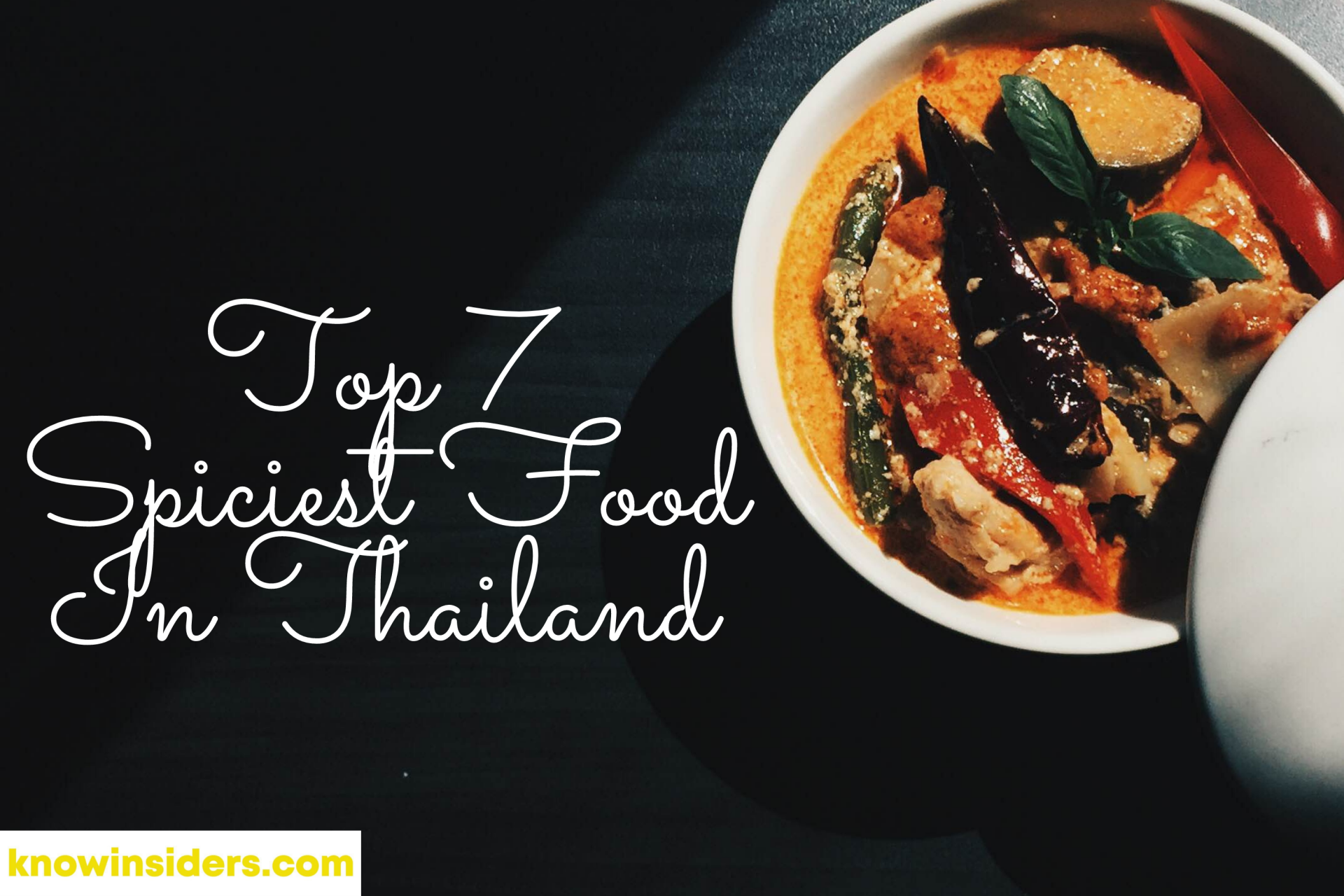 |
| Photo KnowInsiders |
The spicy flavors within Thai recipes are integral to creating perfectly balanced dishes. Whilst many restaurants cool-down the heat for tourists, the true way to appreciate Thai food is to let the heat work its magic. Many Thais judge a dish by its finely balanced spices, and the general rule is, the spicier, the better.
As well as chilis, ginger ups the heat factor and is often used in soups; eaten raw with white cabbage and barbequed sausages; or as a sauce with velvety Hainanese chicken and oily rice, with pickled ginger on the side for good measure.
Garlic is an absolute staple in Thai cooking. And you can forget the European style of adding a clove or two. Think instead of a handful of small cloves bashed in a pestle and mortar and thrown in stir-fry dishes with abandon. Fried garlic generously tops piping-hot grilled chicken. And together with Thai Basil, is one of the main flavors in Thailand’s signature stir-fry, ‘pad kra pow’. This dish is a favorite for breakfast to set you up for the day, often served with a fried egg and chili-laden fish sauce.
Peppercorns are another heat-inducing staple and recipes don’t hold back on adding whole branches into some dishes. A popular classic is sweet green curry where many green peppercorns are added whole into the sauce.
If one ingredient is associated with Thai food, then it’s without doubt the chili pepper. In Thai cookery, there are many different chilis from sweet peppers to spur chili, serrano chili, karen chili, and the world-renowned bird’s eye chili which are small but extremely potent. While chili peppers found their way to Thailand from South America, via European traders, they are an intrinsic part of many authentic Thai dishes from curries to soups and stir-fries.
Bring on the heat. Let’s explore top seven most spiciest Thai food:
1. Tom Klong Pla Grab
2. Tom Laeng
3. Gaeng Som
4. Som Tam
5. Gaeng Kua Kling
6. Gaeng Tai Pla
7. Laab
Details about top 7 most spiciest Thai food:
1. Tom Klong Pla Grab
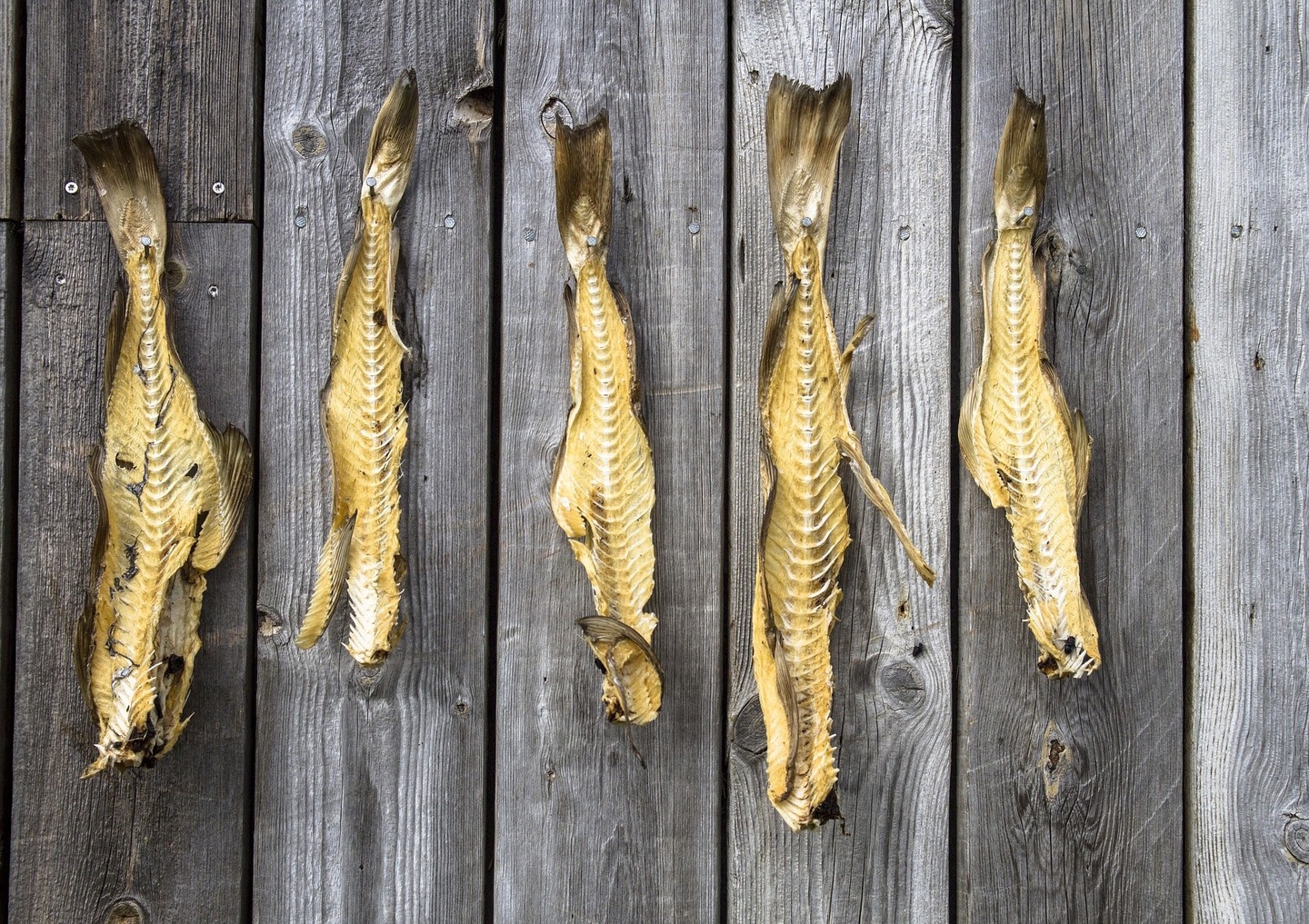 |
| Photo The Culture Trip |
Tom klong pla grob may look innocent thanks to its almost-transparent brown colour, yet it’s anything but. A sour and spicy soup, dried fish and dried chillies are two of the key ingredients of the dish, along with galangal, kaffir leaves and lemongrass. Whilst many Thais may find it a refreshing dish, the reality is that most in the West will be left struggling – a shame really, as it’s actually pretty delicious.
2. Tom Laeng
 |
We’re getting seriously hot now as we enter the top seven, and the lesser-know tom laeng. Pork bones are boiled until the meat is soft and coming away from the bone, along with spring onions and copious amounts of green chillies. On first glance, the clearish broth with meat and green vegetables floating in it might look like your nan’s homemade chicken soup, but don’t be mistaken – it’s incredibly hot, and bound to be the next Thai dish you see plastered all over social media. Eat at your own peril.
3. Gaeng Som
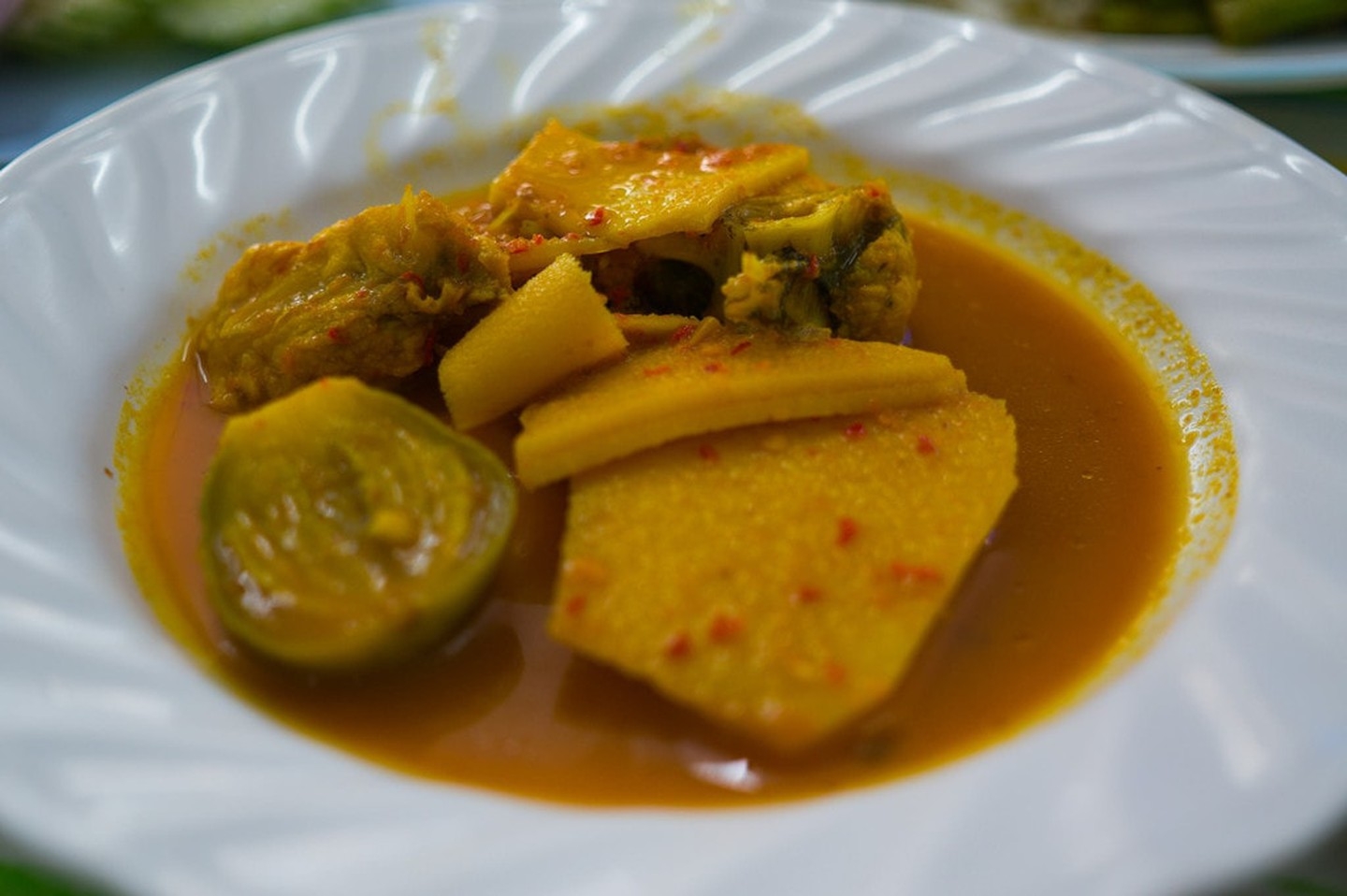 |
| Photo The Culture Trip |
If you don’t see gaeng som, you’ll certainly smell it. This notorious orange curry from the south of Thailand has a distinctive spicy smell that will singe the hairs up your nostrils. A thin, soup-like curry, gaeng som gets its spice from the shrimp paste and bird’s eye chillies that are used and its sourness from the presence of tamarind, which also lends to its distinctive colour. Usually containing fish or shrimp, it’s served typically alongside boiled white rice, but be careful – the runny nature of the curry can quickly lead it to saturating your rice, leaving you with no escape from its considerable heat.
4. Som Tam
 |
| Photo The Culture Trip |
Isaan’s firely papaya salad som tam takes the bronze medal in the list of Thailand’s spiciest foods – though depending on where you eat it or who prepares it, it could just as easily have taken the gold. The unripened papaya is tangy in taste, and served with a pounded mixture of salt, lime juice, fish sauce, coconut sugar and – of course – a liberal handful of fiery hot chillies. The presence of these diverse ingredients works tremendously well, creating a dish that’s balanced in flavour – though more often than not incredibly intensely spicy. Folks in Isaan will eat it as though it’s a bland as boiled rice, but visitors to Thailand will undoubtedly be left sweating and in agony – don’t say we didn’t warn you.
| Avoiding Spicy Thai Food If your palate simply won’t embrace the heat, there are plenty of ways you can still enjoy the complex flavors of Thai food without too much spice. The same dish can be fairly mild in one restaurant and steam-coming-out-your-ears hot in another, so the rule of thumb is that it’s always best to be clear about your spice-tolerance as you order. “Mai ou pet” means, “I don’t want my dish spicy at all,” whereas, “Ou pet nid noi” lets your server know you want a little heat but not too much. On the other hand, you may want to make sure that a dish is authentically hot or extra-spicy by asking for your meal to be “pet maak.” There are also many appetizing options if you don’t like eye-watering heat when you eat. Clear soups are perfect as you can add your own sugar and spice to suit their personal preferences. Another dish that can be spiced up or not is ‘rad na,’ thick gravy with either meat or seafood and wide, flat rice noodles. A classic ‘pad thai’ with fried bean sprouts, noodles, tofu, and more is refreshingly tasty, whilst barbequed meats such as chicken are often served with a sweet chili dip, and grilled seafood skewers often come served with a choice of spicy or sweet sauce too. Fried rice may have a sprinkling of white pepper, but aside from this, serves-up a deliciously moreish dish that is perfect in the morning. |
5. Gaeng Kua Kling
 |
| Photo The Culture Trip |
Another south of Thailand specialty, kua kling is a dry curry that takes no prisoners when it comes to its spicy taste. It’s much simpler to create than a lot of Thai dishes; a curry paste consisting of chilli, pepper, lemongrass, garlic, turmeric, galangal, salt, and shrimp paste is added to meat that’s roasting in a pan, and mixed together until it’s cooked. Available with either pork, chicken, fish or beef as the meat and served along with rice, there’s no foreigner-special version of gaeng kua kling, with every version you find in the south of Thailand sure to knock your socks off. Are you up to it?
6. Gaeng Tai Pla
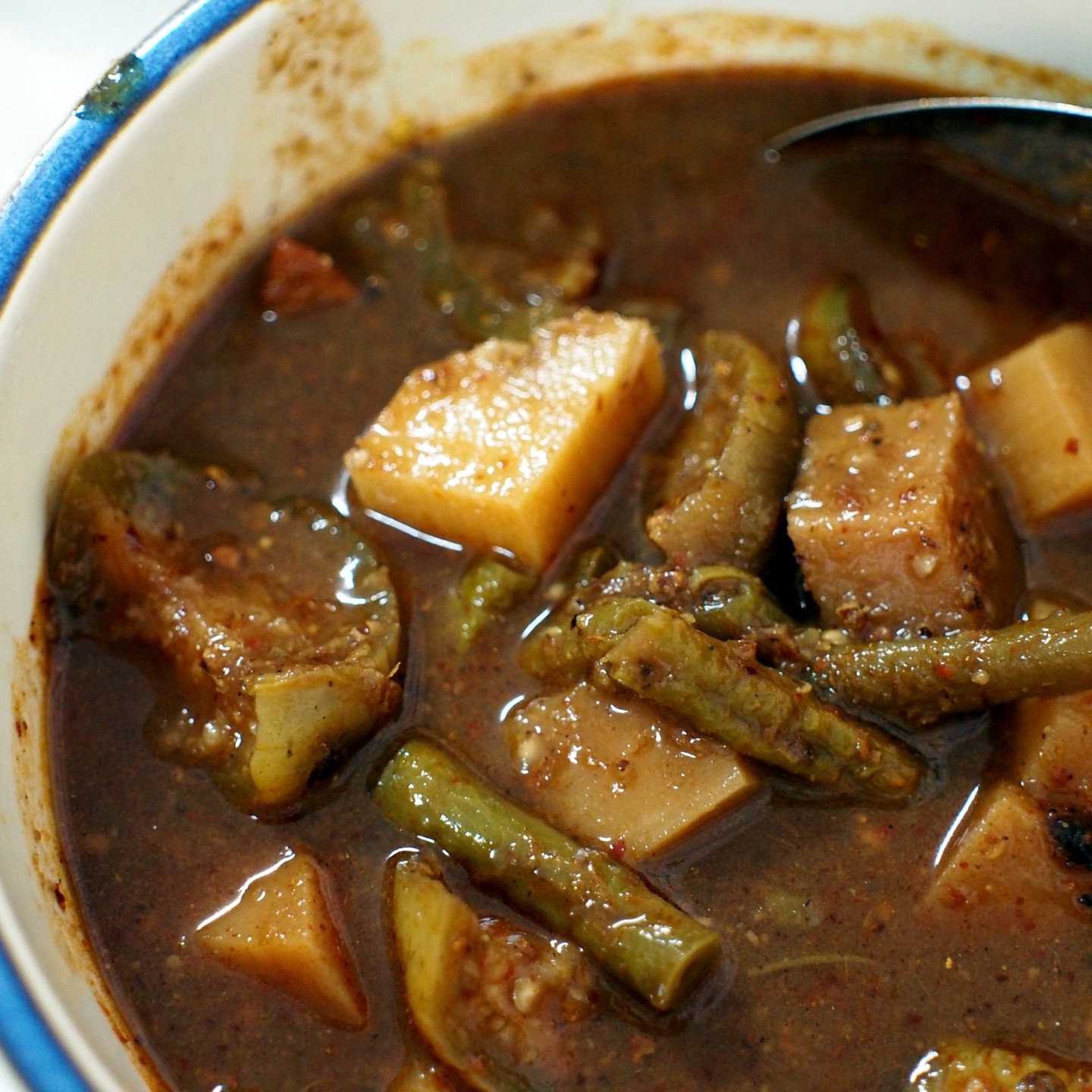 |
| Photo The Culture Trip |
It’s a southern Thailand double, with gaeng tai pla romping home to take first place in the list of spiciest Thai dishes. If you attempt to order this curry, don’t be offended when a waiter tells you that it’s extremely spicy – they’re only looking out for you. It features the typical southern Thai ingredients of dried chillies, galangal, turmeric and kaffir leaves, as well as fermented fish innards, fish, pumpkin, eggplant, yardlong beans and bamboo shoots to create a curry that’s salty as well as devastatingly spicy. Persevering through the pain barrier and finishing this curry is sure to elicit wry smiles from those in the restaurant who will have gathered to witness the farang break down from the heat and call his parents for help. Make sure there’s a convenience store nearby, because when you’re done you’re going to need a heck of a lot of milk and ice cream to soothe your fiery mouth.
7. Laab
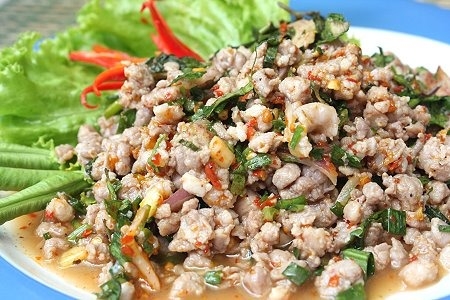 |
| Photo Thai Language Hut |
In the west, salads are usually quite bland, and they certainly aren’t spicy. Well, Thailand didn’t get that memo, as laab is one of the two popular Thai salads to make this list. A popular dish in Laos as well as in the Thai region os Isaan, rice is toasted and pounded before being added to a mix of pork or chicken, mashed chillies and onions, to create a deceptively spicy dish. The first few mouthfuls might seem manageable, but the spice quickly grows to almost unbearable levels, and suddenly your “play-it-safe” salad option has backfired spectacularly.
| The Health Benefits of Spicy Food If the idea of eating hot food in a hot country seems counter-intuitive, it isn’t. Adding some spice into your diet in the tropics is actually really good for you. The spices get your circulation moving, and this helps to regulate your sweat and actually cools you down over time. On a practical level, spices keep food fresher for longer too, and the anti-bacterial properties preserve meat and also reduce not-so-friendly bacteria in the body too. It isn’t a coincidence that many hot countries favor an equally heat-inducing cuisine. Heat is good for your heart too, and there is a lower incidence of heart attacks and strokes in countries with a spicy diet. Chilis combat the effects of bad cholesterol, and they are also anti-inflammatory. Other health benefits of chilis include active ingredients that clear the respiratory system from congestion, as well as the sinuses. At the same time, there is evidence that chili peppers could help reduce blood pressure. Aside from chilis, other hot ingredients have their own wellness properties. Ginger is regarded as a powerful antioxidant and anti-inflammatory. As well as aiding better digestion, ginger is purported to relieve soreness in muscles and act as a pain-reliever, while also helping with an upset stomach and indigestion. Research into the effects of ginger on lowering bad cholesterol and blood sugar levels as well as protecting the heart is ongoing. |
 Top 5 Best Places To Visit in Thailand Top 5 Best Places To Visit in Thailand Thailand is one of the most popular travel destinations in the world, thanks to its abundant beaches, islands, ... |
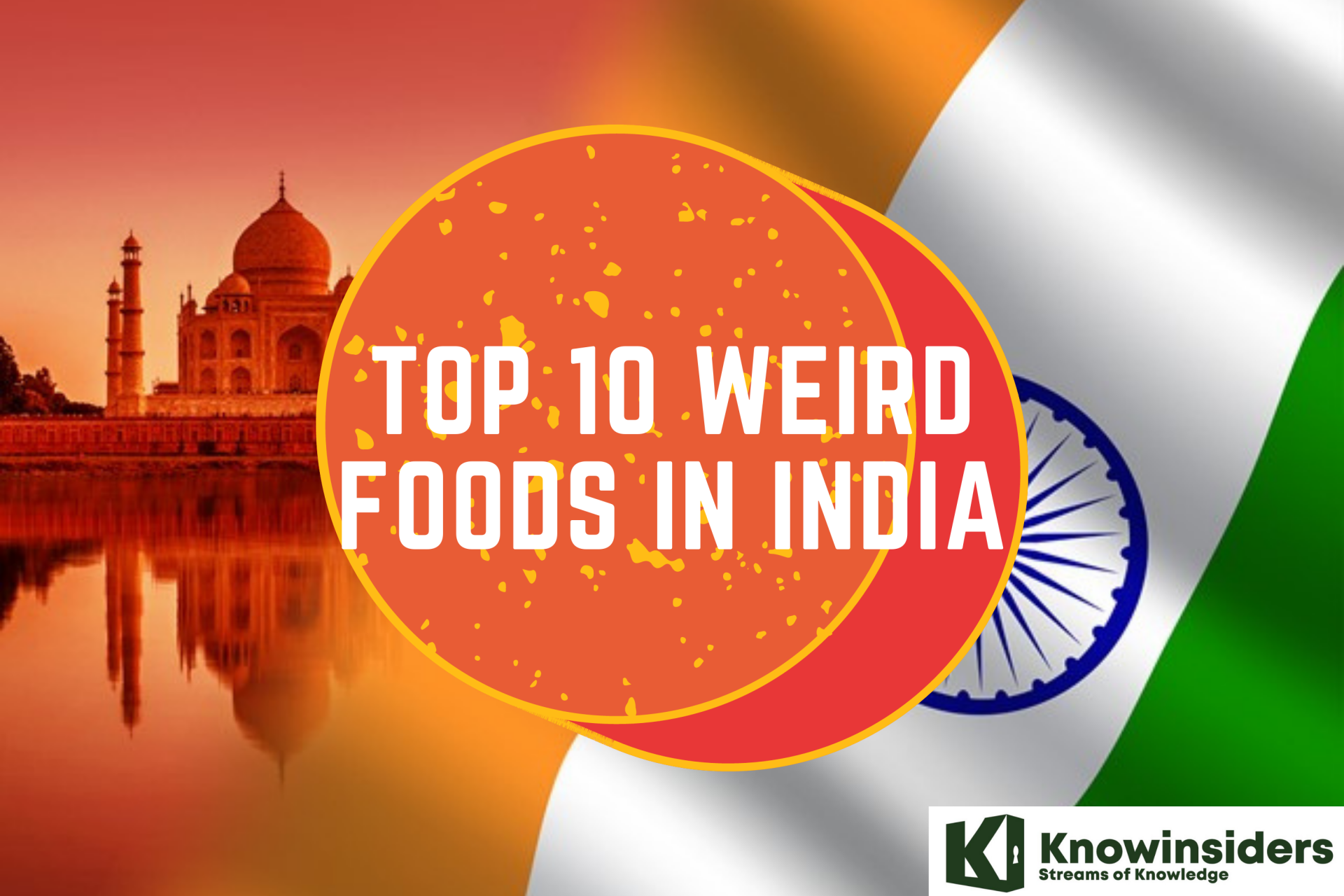 10 Weird Foods In India 10 Weird Foods In India India is famous for its culture and traditions as well as well-known for some of its weird food dishes. Read below to find out ... |
 What are the must-avoid foods for healthier brain and memories? What are the must-avoid foods for healthier brain and memories? It is undoubted that the brain is the most important organ in your body. It keeps your heart beating, lungs breathing and all the systems ... |



























